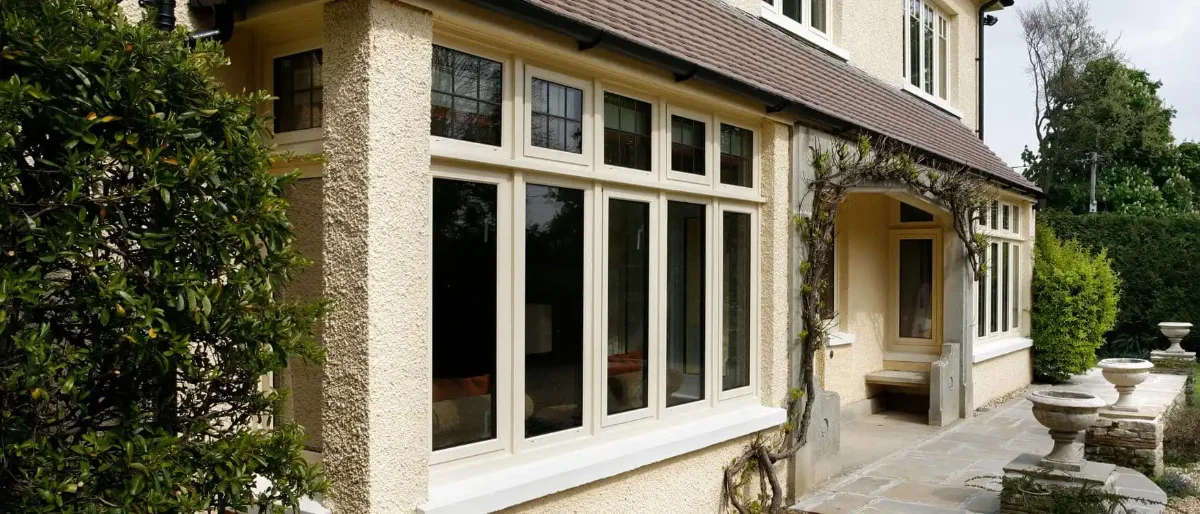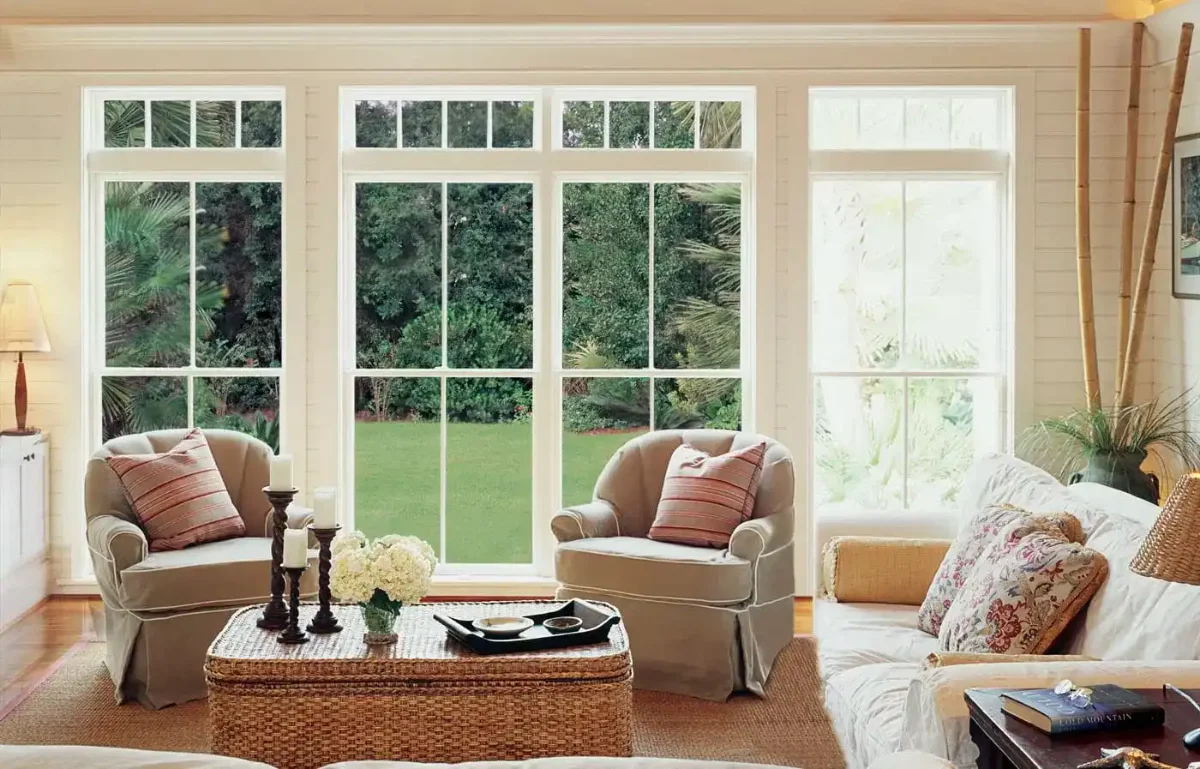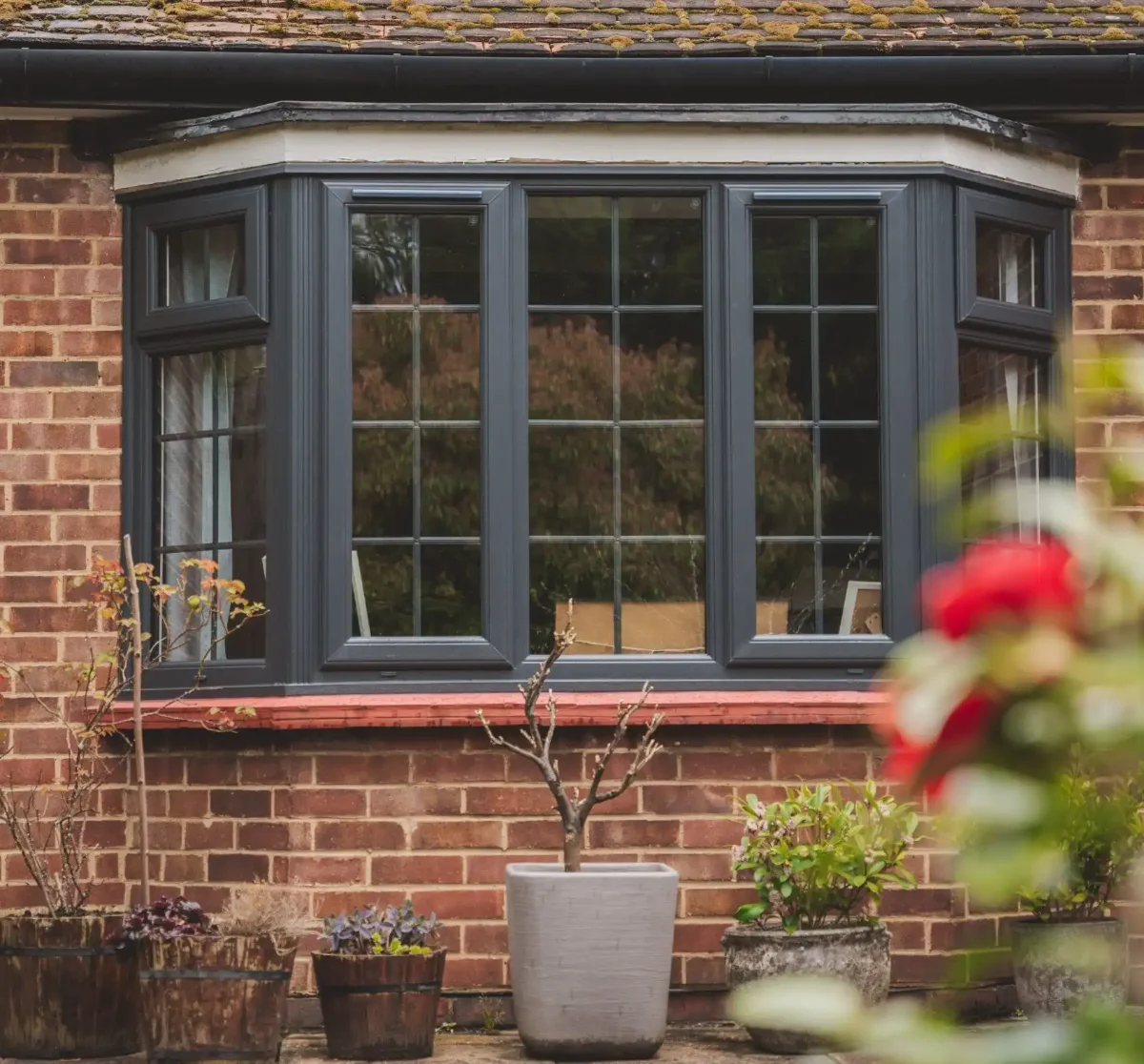When the A120 Becomes Your Unwelcome Alarm Clock
Mrs Patterson called me last spring from her cottage near Thorley. “Oliver,” she said, “I moved here for the peace and quiet, but the traffic noise is driving me mad. I can’t sleep with my bedroom window open, and even closed, I hear every lorry rumbling past at 5 AM.”
Sound familiar? Living in Bishop’s Stortford means we’re blessed with countryside charm, but cursed with the A120, M11, and Stansted flight paths. After nearly four decades helping homeowners reclaim their peace and quiet, I’ve learned that noise pollution isn’t just annoying—it genuinely affects your health, sleep, and quality of life.
The good news? Modern acoustic solutions can transform even the noisiest home into a sanctuary. But here’s where it gets interesting: sometimes the “obvious” solution—replacing your windows with expensive acoustic versions—isn’t actually the best one.
Let me walk you through the real-world performance, costs, and practicalities of both approaches, so you can make the right choice for your specific situation.
Understanding the Enemy: How Sound Travels Through Windows
Before we dive into solutions, it helps to understand what we’re fighting. Sound waves don’t just bounce off glass—they make it vibrate like a drum skin, transmitting noise straight through to your living room.
Traditional single glazing is hopeless against traffic noise. Even basic double glazing, while better than nothing, still allows plenty of sound through because both panes vibrate together. The secret to effective noise control lies in breaking that vibrational connection.
This is where the science gets clever. Acoustic glazing uses different thicknesses of glass (say, 6mm on the outside, 4mm on the inside) so they vibrate at different frequencies, cancelling each other out. Add laminated glass—where a plastic interlayer dampens vibrations—and you’ve got a formidable barrier against unwanted noise.
Secondary glazing works on a completely different principle. Instead of replacing your existing windows, it adds a second, independent window inside your home. The large air gap between old and new (typically 100-200mm) creates a buffer zone that sound struggles to cross.
Option 1: Acoustic Window Replacement
The Performance Promise
Modern acoustic windows can reduce noise by 35-45 decibels. To put that in perspective, busy road traffic (around 70 decibels) becomes as quiet as gentle rainfall (around 25 decibels). That’s the difference between being constantly aware of traffic and barely noticing it.
The best acoustic windows use:
- Laminated glass on the outer pane to absorb vibrations
- Different glass thicknesses to prevent resonance
- Wider cavities (20mm+) filled with dense gas
- Acoustic seals around the frame perimeter
Real-World Results
I recently fitted acoustic triple glazing for a family on London Road. The transformation was remarkable—they went from needing white noise machines to sleep, to opening their bedroom windows on summer evenings. The wife told me it was “like someone turned down the volume on the whole world.”
But here’s the catch: acoustic windows only work if they’re properly specified and expertly fitted. I’ve seen expensive “acoustic” installations that barely outperform standard double glazing because the installer skimped on sealing or used the wrong glass specification.
The Investment Reality
Expect to pay 40-70% more than standard replacement windows. For a typical 3-bedroom house, acoustic window replacement might cost £12,000-£18,000, compared to £8,000-£12,000 for standard energy-efficient windows.
The premium reflects the specialized glass, precision manufacturing, and expert installation required. But remember—you’re not just buying noise reduction. You’re also getting excellent thermal performance, security, and the aesthetic benefits of new windows.
Option 2: Acoustic Secondary Glazing
The Stealth Solution
Secondary glazing is the quiet achiever of noise control. From outside, your home looks unchanged—crucial in conservation areas or listed buildings. Inside, you’ve created a double-barrier system that can be phenomenally effective.
The key is the air gap. That 100-200mm cushion of still air between your existing window and the new secondary unit acts like a sound-absorbing blanket. Some systems achieve noise reductions of 45+ decibels—matching or even exceeding full window replacement.
When Secondary Glazing Shines
I always recommend considering secondary glazing first if:
- Your existing windows are in good condition but noisy
- You’re in a conservation area with planning restrictions
- Budget is tight but noise is genuinely affecting your life
- You want to preserve original features (like Victorian sash boxes)
A client in Hadham recently chose secondary glazing for her 1930s bay windows. The originals were beautiful but single-glazed and rattled with every passing bus. The secondary glazing cost half what replacement would have, preserved the period character, and delivered better noise reduction than standard new windows would have managed.
The Practical Considerations
Secondary glazing isn’t perfect. The inner window needs to open for cleaning and ventilation, which can be fiddly. Some systems use magnetic catches, others have hinges or sliding panels. The quality varies enormously—from flimsy DIY kits that achieve little, to precision-engineered systems that rival the best primary glazing.
Professional installation is crucial. Poor fitting leaves gaps that sound will exploit mercilessly. The difference between a good and bad secondary glazing job can be 20+ decibels of performance.
The Head-to-Head Comparison
Noise Reduction Winner: It’s Complicated
In laboratory conditions, both approaches can achieve similar results. In the real world, secondary glazing sometimes wins because it creates a larger air gap than is practical with replacement windows.
However, acoustic replacement windows have one major advantage: they seal completely when closed. Secondary glazing, especially older or cheaper systems, may have small gaps around catches or hinges that compromise performance.
Cost Winner: Secondary Glazing
Secondary glazing typically costs 40-60% of full window replacement. For our London Road family, secondary glazing would have cost around £6,000-£8,000 versus the £15,000 they invested in acoustic replacement windows.
Energy Efficiency Winner: Replacement Windows
This isn’t even close. Modern acoustic windows achieve U-values of 1.0-1.4 W/m²K. Secondary glazing over single glazing might get you to 2.5-3.0 W/m²K. You’ll save significantly more on heating bills with replacement windows.
Aesthetics Winner: Depends on Your Priorities
Replacement windows look clean and modern from inside and out. Secondary glazing preserves external character but can look cluttered internally, especially on smaller windows.
Making the Right Choice for Your Home
Choose Acoustic Replacement Windows If:
- Your existing windows are old, draughty, or in poor condition
- Energy efficiency is as important as noise reduction
- You want the cleanest, most modern internal appearance
- Budget allows for the premium investment
- You’re planning to stay in the property long-term
Choose Secondary Glazing If:
- Your existing windows are in good condition
- You’re in a conservation area or listed building
- Budget is the primary constraint
- You want to preserve period character
- The noise problem is severe and you need maximum reduction
A Third Option: Phased Approach
Sometimes the smartest solution is to start with secondary glazing on the noisiest windows (typically those facing main roads) and replace others with standard energy-efficient windows as budget allows. This gives you immediate noise relief where you need it most, plus long-term energy savings throughout the house.
The Bishop’s Stortford Specific Considerations
Our local noise challenges are quite specific:
- A120 traffic: Constant low-frequency rumble, worst overnight
- Stansted flight path: Intermittent but intense aircraft noise
- Railway lines: Sudden, sharp noise peaks
- Local roads: Mix of cars, delivery trucks, and buses
For A120 noise, the constant low-frequency rumble responds well to either solution. Aircraft noise, being intermittent and high-frequency, is often better controlled by secondary glazing with its larger air gap. Railway noise, with its sudden peaks, benefits from the complete sealing of replacement windows.
Getting It Right: The Professional Difference
Whether you choose replacement or secondary glazing, professional specification and installation are non-negotiable. I’ve seen too many disappointed homeowners who bought “acoustic” windows that weren’t properly designed for their specific noise problem, or secondary glazing that was poorly fitted and achieved minimal improvement.
A proper acoustic survey should measure existing noise levels, identify the dominant frequencies, and recommend the most effective solution. Sometimes that’s a £15,000 acoustic window system. Sometimes it’s £4,000 of well-designed secondary glazing. The key is matching the solution to your specific problem.
Your Next Steps
Living with intrusive noise isn’t just annoying—it’s genuinely harmful to your health and wellbeing. The good news is that both acoustic windows and secondary glazing can deliver transformational results when properly specified and installed.
Start by identifying your priorities: is this purely about noise, or do you also want energy efficiency improvements? Is budget the main constraint, or are you looking for the ultimate solution regardless of cost?
Ready to reclaim your peace and quiet? Book a free acoustic assessment and we’ll measure your current noise levels, identify the best solution for your specific situation, and provide detailed quotes for both approaches. Because everyone deserves to feel comfortable in their own home—especially when the world outside gets a little too loud.
For more information on noise reduction strategies, see our comprehensive guide on the best windows for noise reduction.



![Common Window Installation Mistakes & How We Avoid Them [Bishop's Stortford]](/images/windowsbishopsstortford-blogimages/dommoore_2018_mccarter_april_300dpi-3821-scaled_compressed-geotagged.webp)

